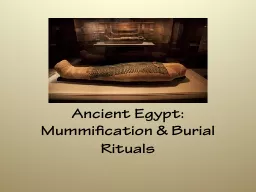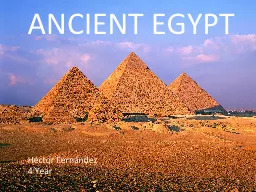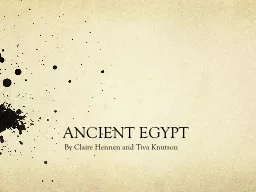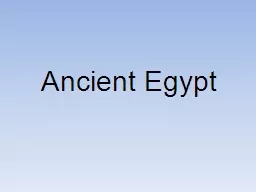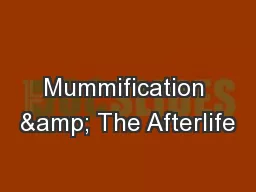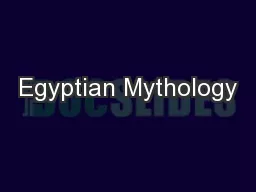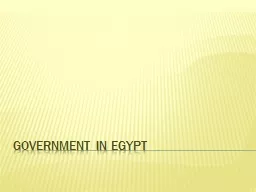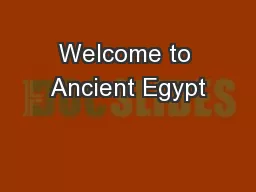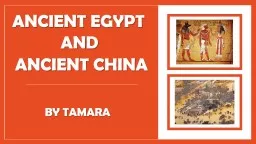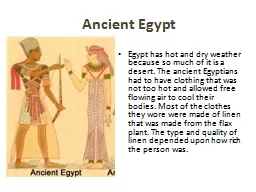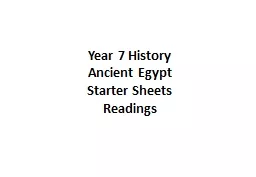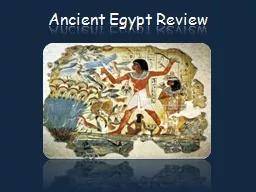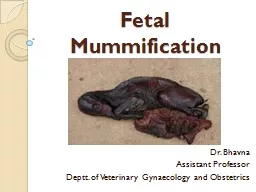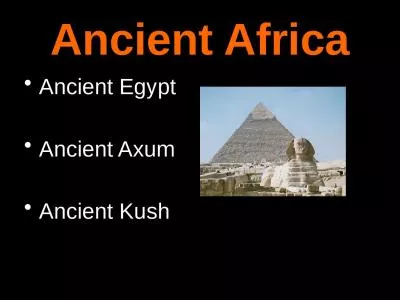PPT-Ancient Egypt: Mummification & Burial Rituals
Author : yoshiko-marsland | Published Date : 2017-05-20
Earliest forms of Mummification The earliest ancient Egyptians buried their dead in small pits in the desert The heat and dryness of the sand dehydrated the bodies
Presentation Embed Code
Download Presentation
Download Presentation The PPT/PDF document "Ancient Egypt: Mummification & Buria..." is the property of its rightful owner. Permission is granted to download and print the materials on this website for personal, non-commercial use only, and to display it on your personal computer provided you do not modify the materials and that you retain all copyright notices contained in the materials. By downloading content from our website, you accept the terms of this agreement.
Ancient Egypt: Mummification & Burial Rituals: Transcript
Download Rules Of Document
"Ancient Egypt: Mummification & Burial Rituals"The content belongs to its owner. You may download and print it for personal use, without modification, and keep all copyright notices. By downloading, you agree to these terms.
Related Documents

